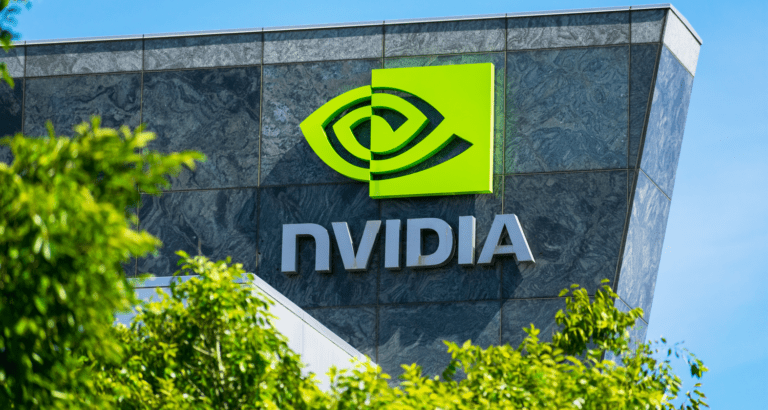Nvidia again presented quarterly results last Tuesday that were above experts’ expectations. Still, investors are wondering whether the company’s explosive growth is sustainable.
Nvidia reported a higher than expected revenue: where analysts had predicted $16.1 billion, the GPU manufacturer ended up collecting $18.1 billion. More than three-quarters of that revenue came from data centers: 14.5 billion. Overall, the company achieved 206 percent more revenue compared to the same quarter last year. All this is despite the fact that export restrictions from the U.S. are preventing the most advanced (and most lucrative) AI chips from making their way to the giant Chinese market. In addition, the war in Gaza is causing many Israeli employees to an unforeseen absence due to military service. If this conflict persists, Nvidia says it would impact the company’s operations.
Nvidia’s projected gross profit margin is 75.5 percent for the coming quarter. The future effects of the curbs on trade with China are difficult to predict, according to Chief Financial Officer Colette Kress. The company is working on hardware that will be allowed by the U.S. government to be exported to that country, but this will not have a measurable effect in the short term.
Potential is far from exhausted
Aside from ongoing concerns around export restrictions, there are doubts from investors that the explosive growth cannot be sustained. Nvidia reached a market value above $1 trillion for the first time earlier this year thanks to the global generative AI hype. The extent to which the GPU giant has benefited from the massive demand for AI hardware remains in need of new superlatives. This is an especially quick transformation for the company as a whole, considering that just two years ago the gaming market was generating most of its revenue, as CNBC notes. It raises the question of when the limits of growth have been reached. Regardless, the company thunders on with announcements of the most powerful AI hardware on the market. Given the long development time of new GPU generations, the company hasn’t even had a chance to laser-focus its product line on generative AI.
For that reason, Nvidia’s dominance in data centers is unlikely to end overnight, whether it worries the EU or not. No other company is in any position to leapfrog the company based on pure computing power, something that is crucial for bleeding-edge AI training. The argument from AMD, Intel and parties like Ampere Computing is that AI inferencing can be done more efficiently than Nvidia does it. This refers to the day-to-day AI calculations that, for example, allow a chatbot to work in real-time or the creation of AI weather forecasts. On that front, there is certainly some territory to gain from Nvidia, especially since its hardware remains extremely expensive, according to previous reports.
That may be why investors and analysts aren’t sure how long Nvidia’s growth will continue. The relationship between performance-based AI computation for training and development on the one hand and AI inferencing on the other has not yet crystallized. That, in addition to concerns surrounding China and its inability to meet demand, constrain already sky-high expectations about the company.
Also read: H200: Nvidia’s latest AI chip with 141GB of super-fast memory
